Are you thinking about bringing cigarettes on a plane during your next trip? Are you aware of the potential restrictions you might be facing?
In this article, I will break down everything you need to know about bringing cigarettes on a plane and getting through TSA security.
I’ll also give you some insight on flying internationally and going through customs and when bringing related products like lighters, vapes, etc.
Table of Contents
Can you take cigarettes on a plane?
Yes, you can take cigarettes on a plane as both a carry-on or a checked baggage item. However, you are not permitted to smoke them at any time while on the plane.
Tip: Use the free app WalletFlo to help you travel the world for free by finding the best travel credit cards and promotions!
TSA rules on cigarettes
TSA is very straightforward that you can bring cigarettes through airport security as a carry-on/personal item and that you can also place them in your checked baggage.
They don’t specify any size or quantity limit so theoretically you could probably bring as much as you can reasonably fit in your bag.
However, bringing mass quantities of almost anything can sometimes look suspicious.
It could result in you undergoing an enhanced screening which could take longer for you to get through security. However, if you have nothing to hide then there should not be an issue even if you have multiple cartons of cigarettes.
Smoking on a plane (a brief history)
Believe it or not, passengers used to be allowed to smoke on a plane while in the air.
In fact, some airlines even gave out complimentary cigars.
In the 1960s, momentum started to grow in opposition to allowing smoking on planes.
People were getting tired of having to breathe in exhaled smoke, especially flight attendants who spent so much time in the cabin.
It wasn’t just a matter of being annoyed, either. Flight attendants and crew were coming down with illnesses not to mention going home every day smelling like a giant burning cigarette.
There was also the lingering worry about starting a fire in the sky.
But as you would imagine, there was a lot of resistance by the tobacco industry.
Because smoking was so wildly accepted, a lot of people just considered dealing with second-hand smoke as a way of life.
Consider the statement made in the 1980s by US Civil Aeronautics Board chairman Dan McKinnon: “Philosophically, I think nonsmokers have rights, but it comes into marked conflict with practicalities and the realities of life.”
Eventually, the opposition grew strong enough that changes were made. However, the ban on smoking in a plane did not happen overnight.
Instead, there were a lot of incremental changes.
For example, first there were airlines like United that created smoke-free areas of the cabin.
Then, in 1988, airlines based in the US submitted to an official ban on smoking on domestic flights of under two hours.
A couple of years later this was extended to domestic flights of less than six hours, which effectively banned smoking on most US flights and was a major victory for The Association of Flight Attendants-CWA (AFA).
And then eventually, the ban was extended to all domestic and international flights as late as the year 2000.
During the time leading up to the year 2000, some airlines took initiative to ban smoking like Delta which became the first US airline to ban it on all flights in 1994.
Today, while smoking is not allowed in an aircraft cabin or bathroom, there still is an interesting remnant of the old smoker days.
If you go into a lavatory in an airplane, you might still see an ashtray attached to the door.
It’s always confused me because just above that ashtray you usually find a no smoking sign.
So what exactly is going on?
These are reportedly still placed there so that if someone does violate a no smoking rule, they have the ability to put out the cigarette in a way that will not be harmful to the plane (e.g., cause a fire).
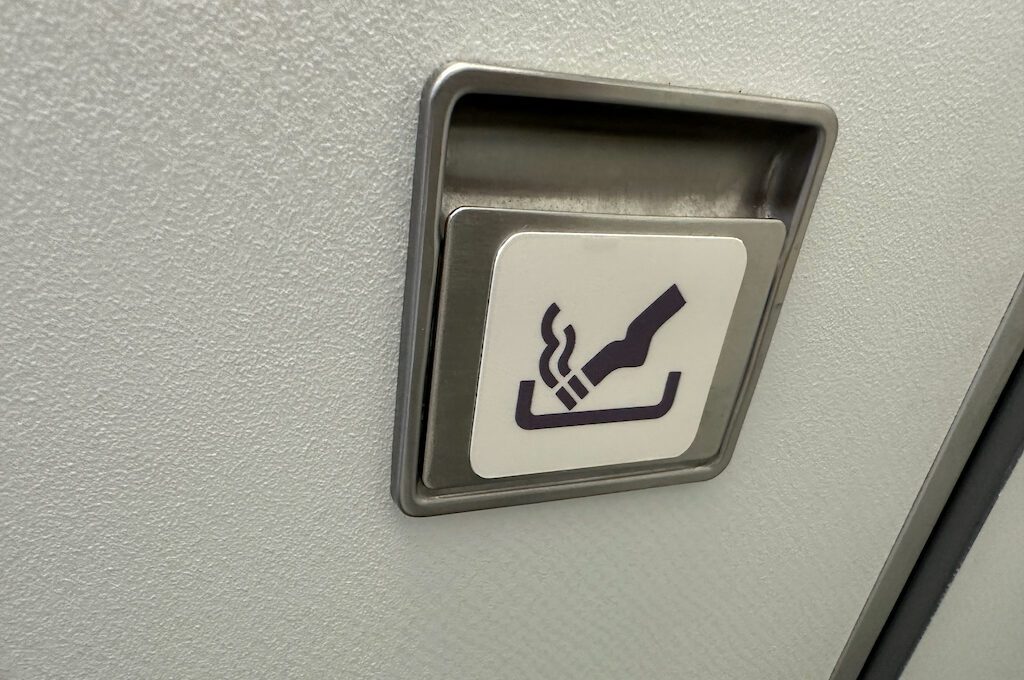
What happens if you get caught smoking on a plane?
If you get caught smoking on a plane, you could be fined or something more severe could happen. For example, you could cause the plane to be diverted to a different destination.
Not only would that draw the ire of every other passenger in the aircraft and potentially make national news, but you could also be arrested and even imprisoned when you land. The airline might even sue you.
Smoking on a plane is just not worth it no matter how big of a craving that you get.
And just in case you were wondering, there are smoke alarms in the plane bathrooms.
This is why if you are a smoker, it’s a good idea to look into the designated smoking areas at airports, so that you might be able to reduce your craving on the flight.
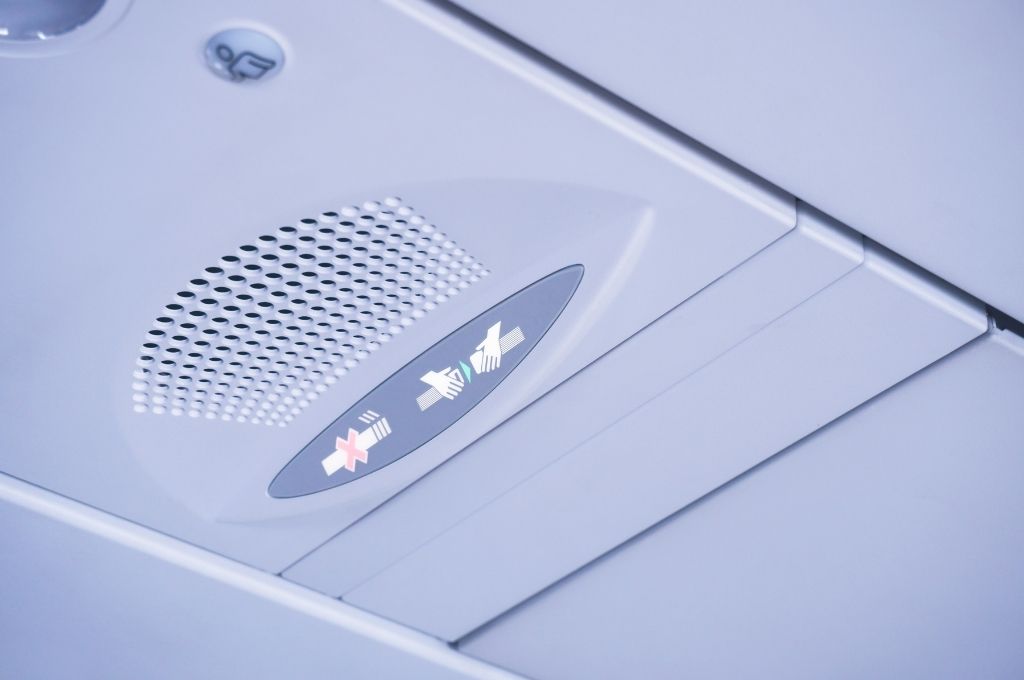
International flights and cigarettes
Like most policies, things can be a little different when you travel internationally with cigarettes.
Here are a few things you need to consider when traveling with cigarettes internationally.
Laws in foreign countries
When heading out to a different country from the US, your first concern should be whether or not the country has a strict policy against tobacco products.
For example, a small number of countries have strict laws and some like Bhutan have even completely outlawed tobacco.
Showing up to Customs with a carton of cigs in a country like Bhutan could be bad news and mean serious jail time.
Even if you can bring tobacco into a country, you should also be well-versed in all of the smoking laws since more spaces are becoming smoke-free and the penalties seem to be getting stiffer.
Countries like Costa Rica are known for strict anti-smoking policies. In places like that, smoking near bus stops and taxi stands can get you in trouble.
US Customs rules
One of the biggest considerations you need to think about when flying back into the US with cigarettes is the quantity that you are going to be bringing in.
You’ll need to make sure you’re up on the latest US Customs rules.
If you are over the age of 21, you can bring in tobacco products but only quantities that don’t exceed the amounts in the personal exemption that you qualify for.
For example, the limits might be “not more than 200 cigarettes and 100 cigars if arriving from other than a beneficiary country and insular possession.”
If you are returning from certain territories then every 31 days, you can return with higher amounts.
For example, a resident returning from travel from American Samoa, Guam, the Northern Mariana Islands, or US Virgin may import 1,000 cigarettes (5 cartons) subject to restrictions.
When bringing in tobacco/cigarettes you might also have to pay a Federal excise tax.
The tax will be based on your circumstances but here is a look at some of the rates:
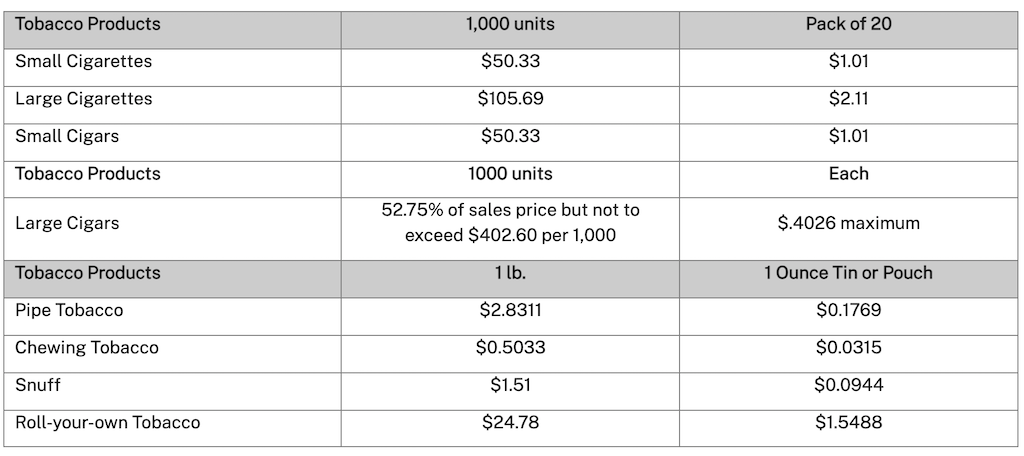

Cuban cigars
If you have got your hands on Cuban cigars you might be wondering about flying with those back into the US.
During the last six years the policies have shifted dramatically.
In 2016, things opened up with Cuba and cigars were allowed to come in as the CBP stated:
On October 17, 2016, the Office of Foreign Asset Control relaxed restrictions so authorized travelers, arriving direct from Cuba, are now able to bring Cuban merchandise for personal use back to the United States and qualify for the U.S. Resident exemption (HTSUS 9804.00.65, which allows up to $800 total in goods, and adults 21 and older may include 1 liter of alcohol, 200 cigarettes, and 100 cigars).
Former President Trump changed things when he was in office and in 2020 a ban resumed on Cuban cigars.
With a different president in office these policies might change but for now it appears that you are not allowed to bring in Cuban cigars back into the US.
Related: Can You Take Cigars on a Plane?
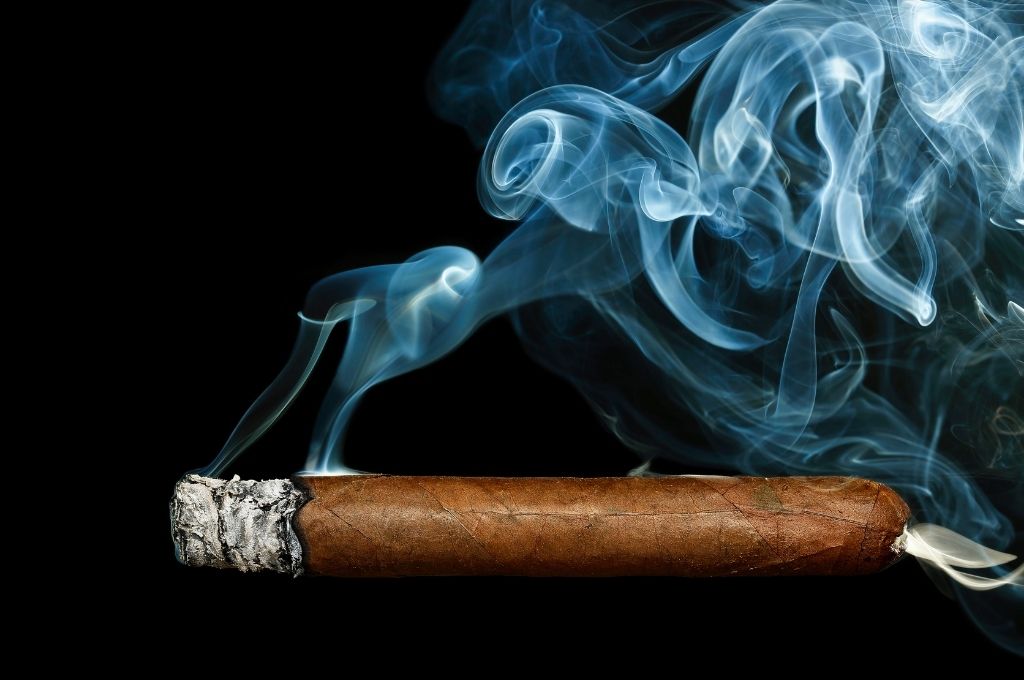
E-cigarettes
If you’re thinking about traveling with e-cigarettes or vapes, you want to put a special focus on two things: batteries and the liquids rule.
You never want to carry loose lithium-ion batteries in your checked baggage and you may be limited to just two vape batteries for your carry-on.
If you go overboard with vapes or batteries you may be calling attention to yourself which could lead to a closer inspection of your items.
Finally, consider that if you are bringing special pods or packs that contain liquid vape you need to comply with the liquids rule.
We’ve created a detailed guide for flying with e-cigarettes that you should check out if you have any lingering questions.
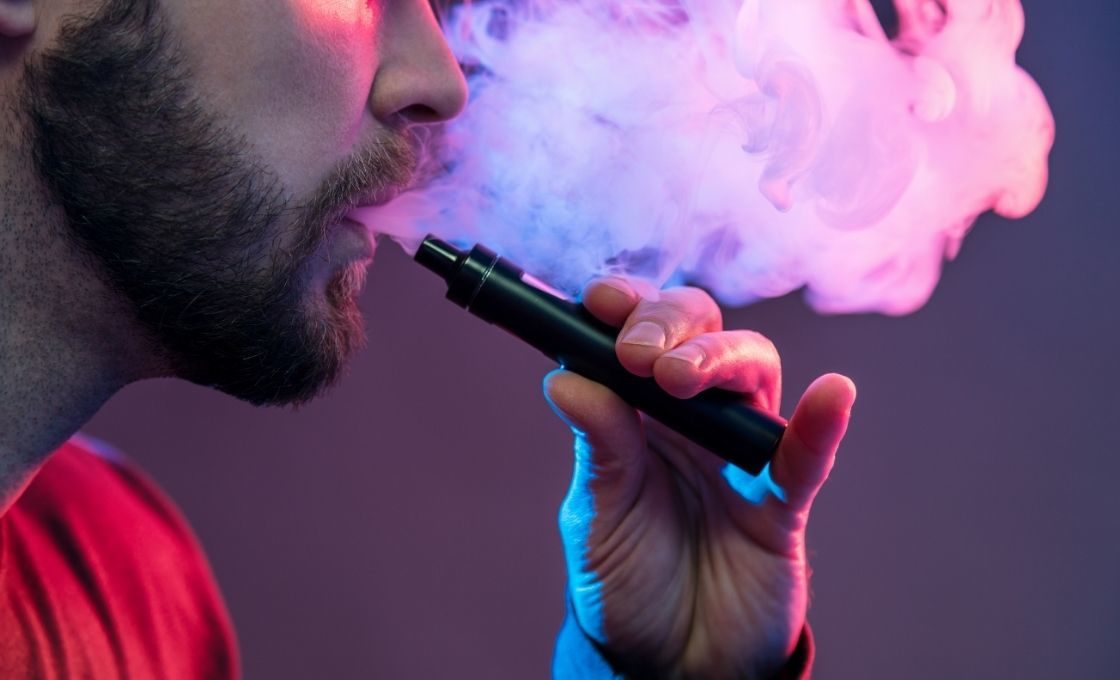
Marijuana
If you are a marijuana smoker things are a lot different since you need to consider the legality of marijuana. Flying with marijuana is not so straightforward even in areas that have legalized it.
Luckily, we have also put together a very detailed and thorough guide on how to get to the airport with marijuana.
You can see a checklist to look at in order to avoid trouble at the airport and also get tips and suggestions on how to best travel with marijuana through airport security and in your luggage.
Lighters and matches
Lighters are also allowed on planes but there are some specific rules on bringing them as well.
According to the FAA, when traveling on a commercial airline you can bring one lighter that uses a flammable gas (butane) or that uses a flammable liquid that is absorbed in a lining (Zippo-type of lighter).
You are allowed to bring disposable and Zippo lighters without fuel in checked bags but there must be no traces of fuel or vapor inside the lighters.
Those are the rules in a nutshell but you might want to read the guide below for more details.
Related: TSA Rules for Bringing Lighters on Planes
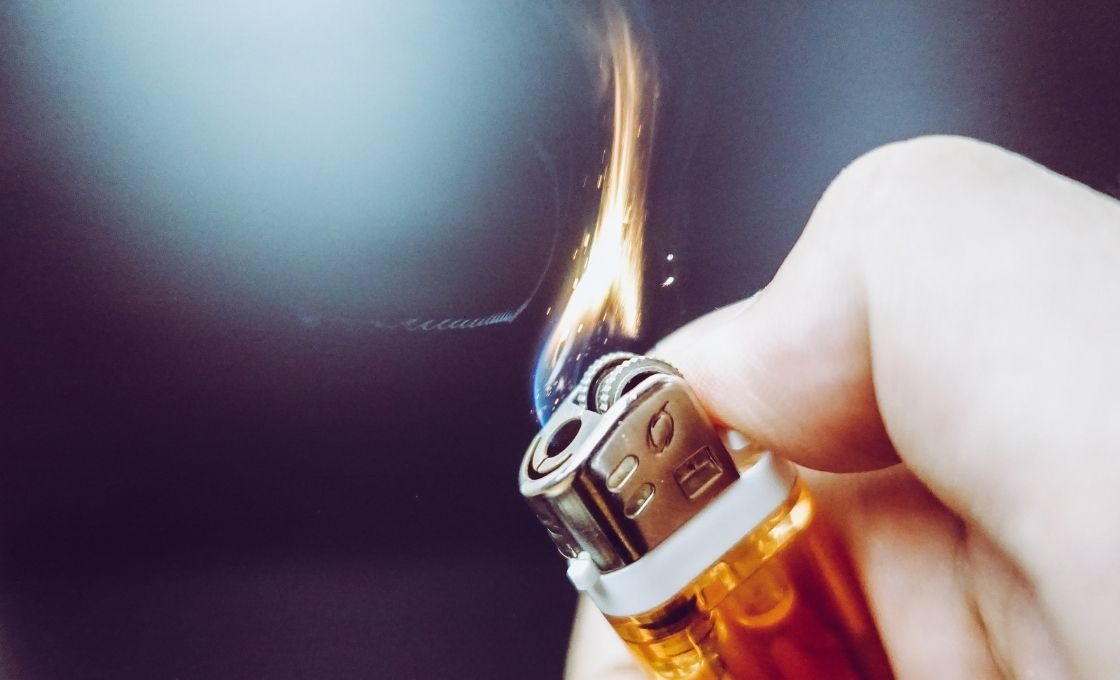
Chewing tobacco
Chewing tobacco, snuff, or “smokeless tobacco” is also allowed by TSA.
You are also allowed to bring in tobacco pipes in your carry-on and check-in bags. Just be aware that paraphernalia such as weed pipes could be detected by TSA and confiscated although that is not a focus of TSA.
Final word
As you can tell when flying on a typical domestic flight you can bring cigarettes with you in your carry-on or checked baggage without any problems.
However, you need to be careful when flying internationally because there are quantity limits you will need to consider and some countries have very strict policies against tobacco.
If you were thinking about bringing in other types of tobacco such as e-cigarettes or vapes then you need to brush up on the rules for those as well.
Daniel Gillaspia is the Founder of UponArriving.com and the credit card app, WalletFlo. He is a former attorney turned travel expert covering destinations along with TSA, airline, and hotel policies. Since 2014, his content has been featured in publications such as National Geographic, Smithsonian Magazine, and CNBC. Read my bio.

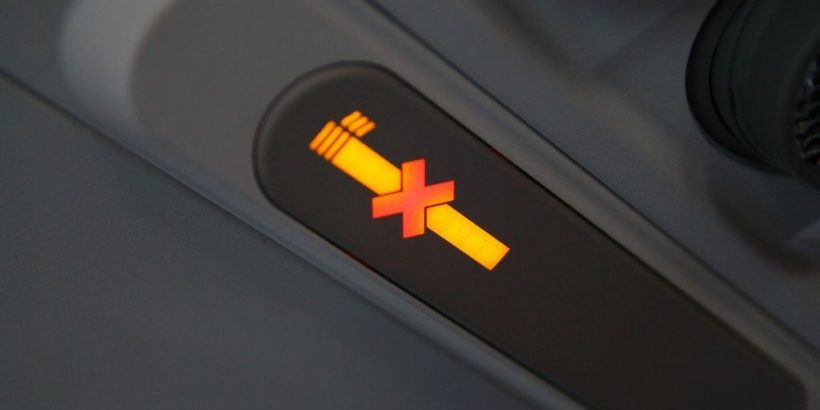
Can you take a nick lighter on plane in your purse